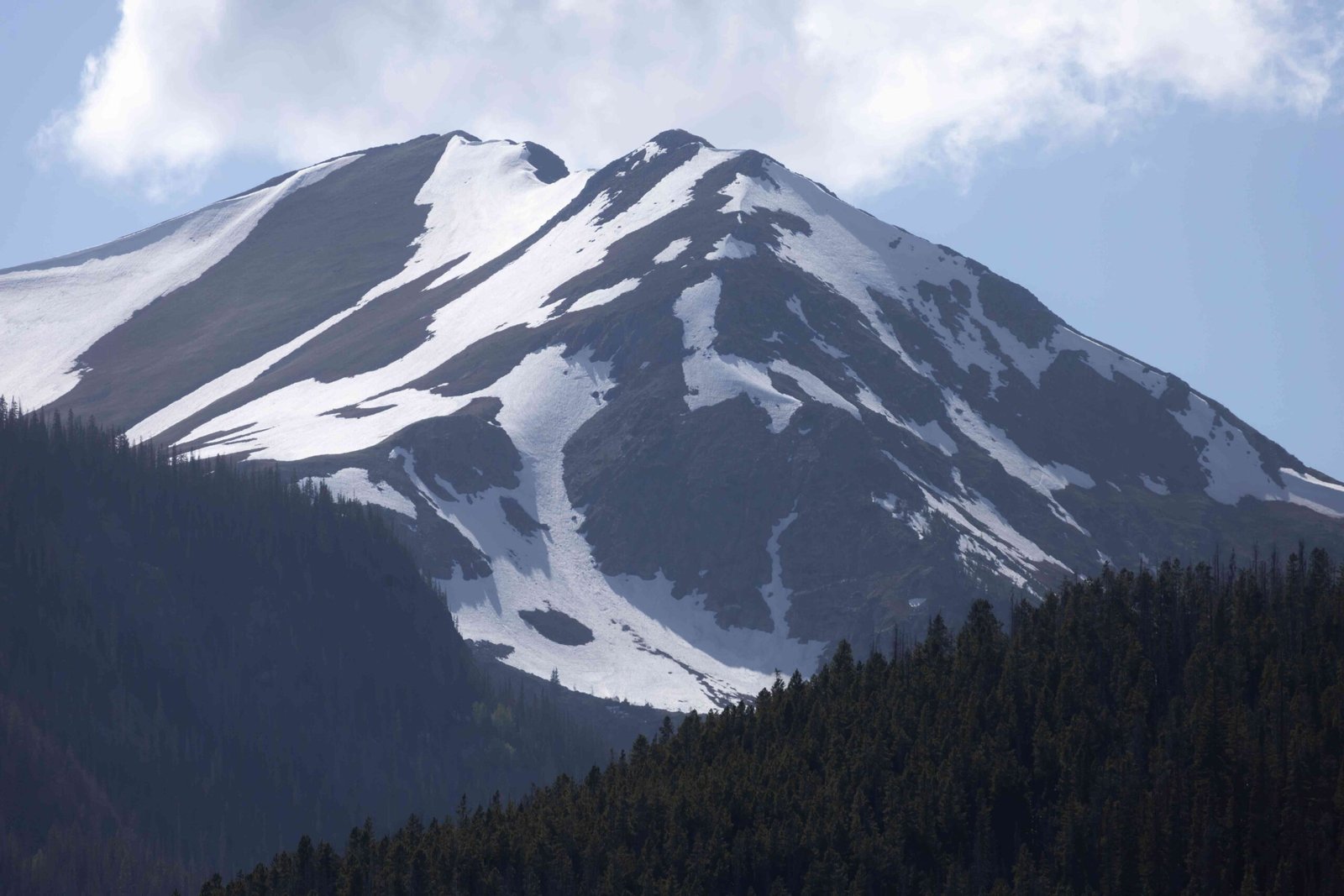The recent incident of a hiker found near Mirror Lake in Colorado’s Rocky Mountain National Park has drawn attention to the dangers of high-altitude hiking. While initial reports suggested a connection to Mirror Lake, the actual event occurred near Longs Peak. Lucas Macaj, a 23-year-old Space Force Guardian, went missing while attempting to summit the 14,259-foot mountain. His body was discovered on Mills Glacier after an extensive multi-agency search operation, highlighting the critical importance of hiker safety in this challenging terrain.
What Are the Details of the Hiker’s Disappearance?

The disappearance of Lucas Macaj, a young Space Force Guardian, unfolded as follows:
- Date Reported Missing: May 12, 2024
- Location: Longs Peak area, Rocky Mountain National Park
- Objective: Attempting to summit Longs Peak (14,259 feet)
- Search Duration: Approximately 4-5 days
- Agencies Involved:
- Local authorities
- Park rangers
- Colorado Army National Guard
- Search Methods: Ground teams and air reconnaissance missions
The search concluded tragically when Macaj’s body was located on Mills Glacier, near the base of Lamb’s Slide, between May 16 and 17, 2024. Helicopter assistance was required to transport his body to a landing zone within the park before transfer to the Boulder County Coroner’s Office.
How Does the Longs Peak Trail Compare to Mirror Lake?

While the incident didn’t occur at Mirror Lake, it’s important to understand the challenging nature of the Longs Peak Trail:
| Feature | Longs Peak Trail | Mirror Lake Trail |
|---|---|---|
| Length | 14.5 miles round trip | Varies (multiple access points) |
| Difficulty | Extremely challenging | Moderate to difficult |
| Elevation Gain | 5,000+ feet | Varies |
| Notable Hazards | Boulder Field, Keyhole, Narrows | High altitude, weather changes |
The Longs Peak Trail is known for its:
– Steep inclines
– High altitude challenges
– Exposure to extreme weather
– Technical climbing sections
What Safety Protocols Should Hikers Follow in Rocky Mountain National Park?
To prevent tragedies like the one that befell Lucas Macaj, hikers should adhere to these crucial safety measures:
- Essential Gear:
- Topographic map and compass
- First aid kit
- Multi-tool or knife
- Headlamp with extra batteries
- Sun protection (sunglasses, sunscreen, hat)
- Insulation layers (even in summer)
- Fire starting materials
-
Emergency shelter (e.g., space blanket)
-
Weather Preparedness:
- Check forecasts immediately before hiking
- Be ready for sudden changes in weather
-
Understand signs of approaching storms
-
Communication and Planning:
- Inform someone of your detailed itinerary
- Carry a charged cell phone (but don’t rely solely on it)
-
Consider a satellite communication device for remote areas
-
Physical Preparation:
- Acclimatize to altitude before attempting strenuous hikes
- Know your physical limits and turn back if necessary
-
Stay hydrated and bring more water than you think you’ll need
-
Wildlife Awareness:
- Store food properly to avoid attracting animals
- Make noise while hiking to avoid surprising wildlife
- Maintain a safe distance from all animals, especially large mammals
What Emergency Resources Are Available in Rocky Mountain National Park?
In case of emergencies, hikers should be aware of the following resources:
- Emergency Contact: (970) 586-1206
- Visitor Centers:
- Beaver Meadows Visitor Center
- Alpine Visitor Center
- Kawuneeche Visitor Center
- Ranger Stations: Including Longs Peak Ranger Station near the trailhead
Hikers should familiarize themselves with the locations of these facilities before setting out on their trek.
How Can Hikers Prepare for High-Altitude Trails Like Longs Peak?
Preparing for high-altitude hikes requires specific strategies:
- Altitude Acclimatization:
- Spend 1-2 days at moderate altitudes before attempting high peaks
- Ascend gradually, gaining no more than 1,000 feet per day above 10,000 feet
-
‘Climb high, sleep low’ – hike to higher altitudes but descend to sleep
-
Physical Conditioning:
- Build cardiovascular endurance through regular aerobic exercise
- Strengthen leg muscles with hiking-specific exercises
-
Practice hiking with a fully loaded pack
-
Mental Preparation:
- Study the route thoroughly, including escape routes
- Be prepared to turn back if conditions deteriorate
-
Understand the symptoms of altitude sickness
-
Nutrition and Hydration:
- Increase carbohydrate intake before and during the hike
- Drink plenty of water and electrolyte-rich fluids
-
Avoid alcohol and minimize caffeine intake
-
Gear Considerations:
- Use trekking poles to reduce strain on knees and improve balance
- Wear sturdy, broken-in hiking boots with good ankle support
- Layer clothing to adapt to changing temperatures
By following these guidelines, hikers can significantly reduce their risk of encountering serious problems on challenging trails like Longs Peak.
What Lessons Can Be Learned from the Tragic Incident Near Longs Peak?
The loss of Lucas Macaj serves as a somber reminder of the inherent risks in high-altitude hiking. Key takeaways include:
-
Respect the Mountain: Never underestimate the challenges posed by peaks like Longs Peak, regardless of your fitness level or experience.
-
Be Prepared to Turn Back: Having a clear ‘turn-around time’ and sticking to it can prevent dangerous situations.
-
Hike with a Partner: Solo hiking in remote areas increases risk. A hiking partner can provide crucial assistance in emergencies.
-
Stay Informed: Regularly check in with ranger stations for the latest trail and weather conditions.
-
Carry Proper Equipment: Beyond basic hiking gear, consider items like a personal locator beacon for remote treks.
-
Know Your Limits: Be honest about your physical capabilities and experience level when planning hikes.
-
Leave a Detailed Plan: Ensure someone knows your exact route and expected return time.
The tragic outcome of this hiker’s journey underscores the critical importance of thorough preparation, respect for nature’s power, and adherence to safety protocols in Rocky Mountain National Park and similar wilderness areas.

